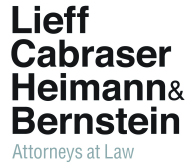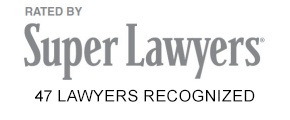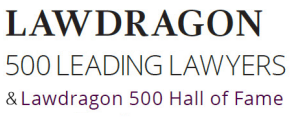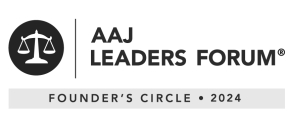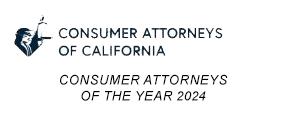As part of an in-depth piece on pay equity, The Verge focused on former Microsoft engineer Katie Moussouris, who sued the software giant for pay discrimination. When that lawsuit stalled, Moussouris began dedicating her career to closing the enormous gender pay gap in the tech industry.
That significant and disproportionate pay gap remains a growing source of tension at tech companies, where women continue to be outnumbered on most engineering teams and, as data shows, face a particularly steep and destructive pay gap early on in their careers. The disparities have led to a variety of gender pay lawsuits, including the class action lawsuit against Microsoft brought by Lieff Cabraser on behalf of Moussouris and a putative class of female engineering employees who alleged they were systematically and discriminatorily underpaid.
“Our theory of the [Microsoft gender discrimination] case was simple — that Microsoft has a promotion practice that applies to all employees and results in pay disparities,” said Lieff Cabraser partner Anne B. Shaver, who represented the women in the suit. “The data at Microsoft spoke for itself.”
Microsoft entered the lawsuit with guns blazing, with an array of personnel reports showing it was already closing the gender pay gap, no matter what their own hiring numbers might have suggested. Microsoft’s reports claimed women made more than 95 cents for every dollar earned by men.
But Shaver notes that, like many corporate in-house pay equity studies, that analysis doesn’t address the way bias really operates across the workplace, noting that Microsoft’s studies focused on pay within levels — essentially finding that women and men at the same place in Microsoft’s pay-band system were being paid roughly the same amount. But as Shaver sought to argue on behalf of Moussouris and the other plaintiff women, studies like that don’t address the fact that women systematically get placed in lower pay levels relative to equally qualified men, with deep-rooted discrimination acting against them even before they get their first paycheck.
Moussouris’ complaints in the lawsuit were all about this under-leveling, from the initial hire that she believes placed her at a pay disadvantage to the corporate culture that she says made it too easy for senior men to keep women from getting raises on discriminatory, gender-locked pretexts.
The problem is much larger than Microsoft: this high tech employment bait-and-switch is endemic across the tech industry. While advocates focus on the manifest gap in wages-per-hour, skeptics point to the “controlled pay gap,” which levels for seniority and finds almost no difference between the men and women at the same rank. This improper balancing forces the courts to ignore evidence that could otherwise radically change case outcomes.
Shaver takes the current structural nature of sexism as a tangible and unavoidable fact. Pay imbalances are seen as connected to harassment, just as harassment is connected to sexual assault. They are all bound together like links in a chain, with each offense dragging the others behind it. But for federal courts, ruling in the Dukes case broke that chain, recasting a given set of thousands of single incidents of discrimination as isolated points that could only be addressed one at a time. In practice, it meant deliberate gender inequality could barely be addressed in federal courts at all.
“This is what the conservative agenda has done to this area of jurisprudence,” Shaver notes. “They are trying to decouple the two, and say what they call anecdotal evidence of harassment is irrelevant to pay equity.”
Since the Microsoft case was shifted off its class basis, pay equity lawsuits have mostly moved to the state level, where more specific state laws can give workers a way around the damaging and unjust federal precedent. The Ellis lawsuit against Google (also brought by Lieff Cabraser) alleges that Google violated the California Equal Pay Act, which mandates equal pay for employees who perform “substantially similar work.” The law doesn’t require further evidence of systematic discrimination, which was Justice Scalia’s sticking point in the Dukes ruling. It also lets workers sidestep corporate studies showing equity within pay bands. As long as women in different pay bands or ladders are performing the same work, the company can be forced to pay up.
“I’m hoping that anyone who works for a major tech company in California gets the memo that all you need is the data that they’re underpaying, and you’ve got a class action case in California,” Moussouris says. “I’m hoping many, many lawsuits bring these companies to justice. Unfortunately, mine could not.”
Read the full article on The Verge website.
About Anne Shaver
Anne Shaver is a partner in Lieff Cabraser’s San Francisco office with a practice focusing on employment law cases. Anne has taken a leading role in gender class action lawsuits that challenge business practices and work cultures at some of the largest and most powerful companies in the world, including Google and Goldman Sachs. Ms. Shaver’s passion for upholding worker rights has most recently been focused on gender discrimination “impact litigation,” where she represents clients seeking to alter core business practices in ways that transform not just individual companies, but entire industries.
Contact us
Use the form below to contact a lawyer at Lieff Cabraser.
